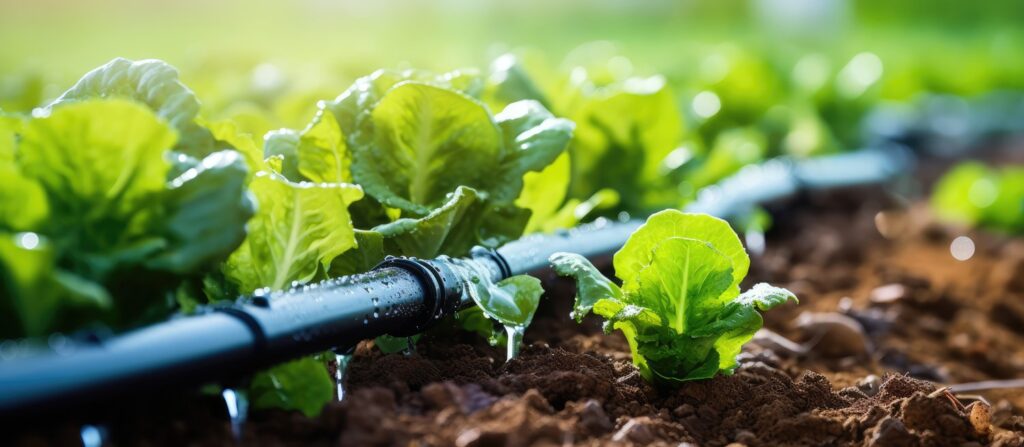Root zone enrichment enhances the nutrients, water, and other growth-promoting substances around the root zone, the area of oxygenated soil surrounding the roots of plants. As the starting point of a plant’s vascular system, roots pull water and nutrients from the soil around them and pump these essential elements into other parts of the plant.
Soil Organic Carbon and Root Zone Enrichment
The goal of root zone enrichment is to maximize the availability of these elements to improve plant growth, health, and yields. The addition of soil organic carbon is a form of this because it promotes the growth of plants and the growth of soil organisms on which plants depend. Soil organic carbon is important, but there are other soil management activities to consider.
Other Types of Enrichment
There are five other types of root zone enrichment.
- Nutrient enrichment supplies nitrogen, phosphorus, potassium, calcium, and other nutrients to the root zone via fertilizers or organic amendments.
- Water enrichment improves water retention around the roots by adding materials, such as mulch and organic matter, that hold water.
- Microbial enrichment adds beneficial microbes to improve nutrient uptake, resistance to disease, and overall soil health.
- pH enrichment adjusts the pH of the root zone because the availability of certain nutrients depends in part on pH level.
- Aeration enrichment increases the availability of oxygen to plant roots by aerating the soil or using materials that improve soil structure.
How to Enrich the Root Zone
Testing the soil before enriching the root zone lets farmers determine what to add and in which amounts. It’s also important to consider the nutritional needs of certain types of plants, and their susceptibility to diseases based on environmental conditions.
- Nutrient enrichment: Add fertilizer in parts per million (ppm) or as a weight per unit area (kg/ha or lbs./acre).
- Water enrichment: Consider soil moisture capacity and plant water needs. Using evapotranspiration (ET) rates and soil moisture levels is a common approach.
- Microbial enrichment: Measure the population of beneficial microbes to add as colony-forming units (CFU) per unit of soil, or volume of water.
- pH enrichment: Add lime to decrease pH (i.e., make soil more acidic) or sulfur to increase it (i.e., make soil more basic).
- Aeration enrichment: Add elements such as peat moss, sand, perlite, and vermiculite if necessary.

